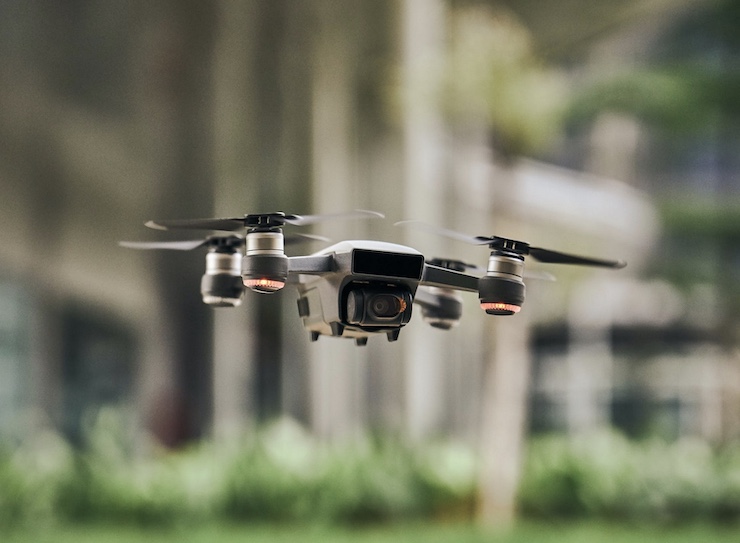
The exponential growth of mergers and acquisitions (M&As) has become a major feature of the U.S. economy. Already at record levels in 2020, M&As grew by 55% during 2020-2021 with even larger increases expected this year. Rising pressure from global competition in high-technology sectors combined with chronic labor shortages for skilled talent is leading many larger companies to seek out start-ups that can drive innovation and generate new sources of revenue. Not surprisingly, the drone industry, which relies on artificial intelligence and sensor imaging technologies and is poised to quadruple in size over the next decade, is no stranger to this burgeoning trend.
Two major acquisitions that occurred in the past year alone – indeed, one just last month – speak volumes about the importance of the drone M&A trend. The first took place in December 2021 when the aviation technology firm, Drone Up, which has partnered with Walmart to expand remote aerial package delivery across 13 states, acquired Air Map, whose pioneering Unmanned Traffic Management (UTM) system technology is allowing tens of thousands of drones to fly without incident annually in the United States, Europe, Australia and Southeast Asia.
The merger isn’t just a private venture. Drone Up’s CTO is a liaison to the FAA’s standing rule-making committee charged with establishing guidelines for expanded Beyond Visual Line of Sight (BVLOS) flights. In effect, the Drone Up-Air Map merger is a pilot program that is laying the foundation for a dramatic expansion of drone commercial activity in airspace that is currently highly restricted. Once the new UTM proves its effectiveness, it is only a matter of time before BVLOS drone flights, which currently require FAA waivers, are expanded beyond remote delivery to encompass daily drone flights across the board, eventually including flights by passenger drones that are now little more than a futuristic fantasy.
A second highly consequential acquisition has just occurred involving the global aerospace and national security firm Sierra Nevada and the Silicon Valley-based drone company Volansi. Volansi had originally planned to become a major remote drone delivery provider (in partnership with Merck) and had developed two sophisticated vehicles, including a cutting-edge VTOL aircraft, for that role. However, venture capital was scarce and beginning two years ago the firm began partnering with Sierra on major DOD drone projects including a contract with the US Army’s Future Tactical Systems Program. The success of that partnership set the stage for last month’s acquisition, which will incorporate Volansi’s entire corps of engineers but without the dissolved firm’s former management team.
This latest acquisition points to another major trend that’s occurring in the drone industry: Even as commercial and even non-profit applications are spreading rapidly, the Pentagon’s wartime readiness needs are still driving a huge part of the drone industry’s development. Even remote delivery, including medical supply drones and even passenger drones, will likely include major military applications (for example, unmanned troop transport vehicles). We should expect more of these “dual use” drone programs – fueled by M&As between military and civilian suppliers – in 2023 and beyond.
|